Balloon Flower: Growing & Care Tips, Colors, Benefits, Companion Plants
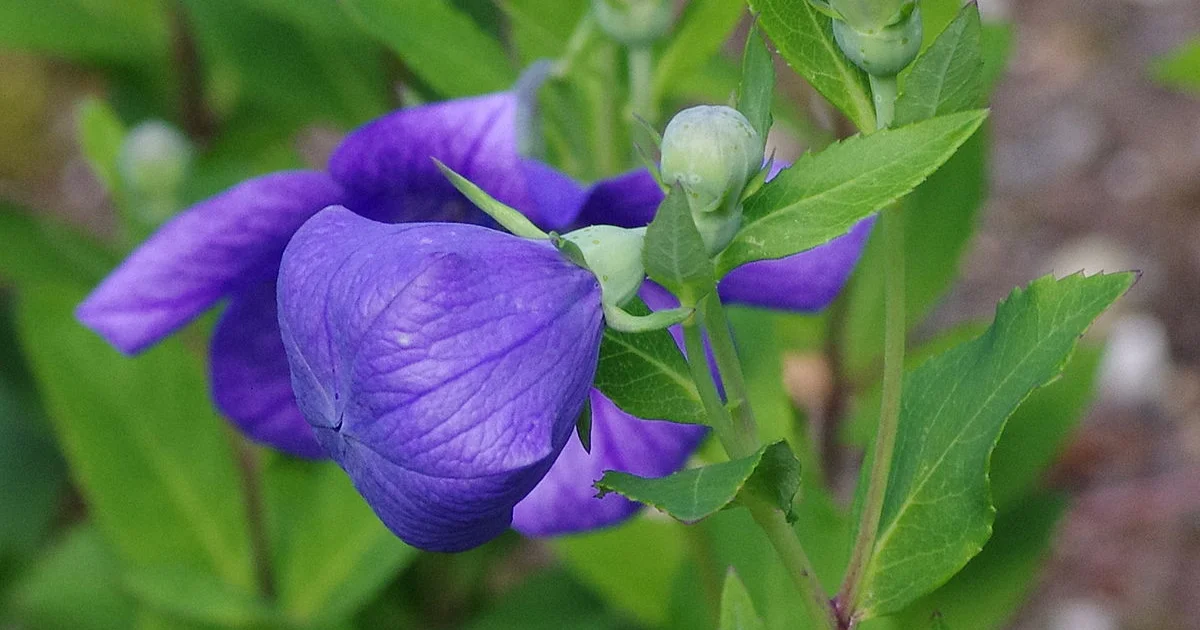
The balloon flower, or Platycodon grandiflorus, is a charming perennial that captivates with its unique balloon-shaped buds that blossom into star-shaped flowers. Ideal for gardeners looking for a hardy plant that offers a pop of color, it thrives in USDA zones 3 through 9, and is especially easy to care for, requiring minimal maintenance once established. In this article, you’ll explore essential growing and care tips, including its moderate size, bloom times, and the array of colors it presents.
You’ll also learn about the benefits of adding balloon flowers to your garden, whether they prefer sun or shade, how to successfully grow them from seeds, and ideal companion plants. This guide aims to help you, whether novice or experienced, enjoy the beauty and simplicity of balloon flowers.
What Are the Interesting Facts About Balloon Flowers?
Here are some interesting facts about balloon flowers:
- Balloon flower, is also known as Chinese/Japanese bellflower, is a charming plant.
- Originates from China, Korea, Japan, and Russia.
- Platycodon grandiflorus is its scientific name.
- Belongs to the Campanulaceae family, commonly known as bellflowers.
- Herbaceous perennial, it grows up to 1–2.5 ft. tall and 1–1.5 ft. wide.
- Thrives in areas with full sun to part shade.
- Flourishes in rich, loamy soil with medium moisture and good drainage.
- Prefers a slightly acidic to slightly alkaline pH range of 5.5–7.5.
- Produces charming blue-violet, white, or pink flowers during the summer.
- Hardy in USDA zones 3–8.
Also Read: Chinese Fringe Tree Pros and Cons
What Does a Balloon Flower Look Like?
The unique buds of balloon flowers, which look like little hot air balloons, are the inspiration behind their enchanting name. When they bloom, you’ll see why they captivate so many gardeners: they unfold into beautiful star-shaped flowers. You can choose from shades of blue, pink, or white to best suit your garden’s color scheme.
The bright green leaves that alternate along the stems nicely complement the vivid colors of the flowers. These flowers are versatile, too—perfect for planting in borders, rock gardens, or even in containers if you’re short on space. They’ll bring joy and color to your garden with minimal upkeep needed. Check the pictures below:
Varieties of Balloon Flowers
Balloon flowers (Platycodon grandiflorus) offer a variety of forms and colors, making them versatile for different garden settings. Here’s a summary of some popular varieties:
1. Astra Series
This series is known for its double flowers, which have 10 petals and come in shades of blue, pink, or white. The Astra varieties are compact, making them suitable for smaller spaces or containers.


2. Fuji Series
These are among the taller varieties, reaching up to 30 inches. They produce large, star-shaped flowers in blue, pink, or white. The Fuji series is ideal for adding height to garden borders.
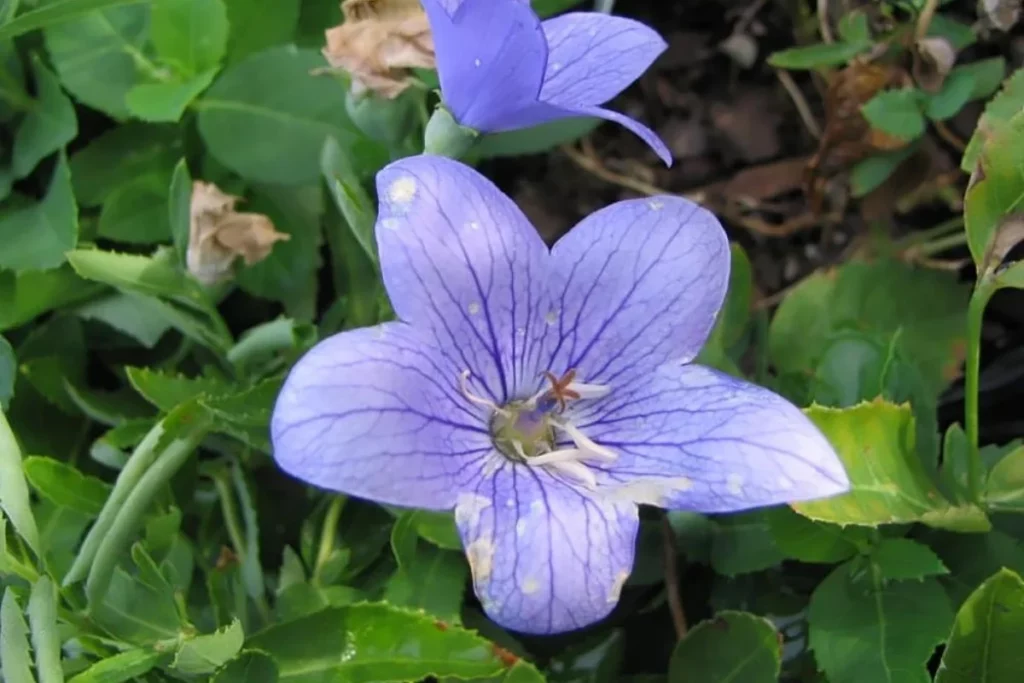
3. Sentimental Blue
A dwarf variety, Sentimental Blue is about 6 inches tall and produces a profusion of 1- to 2-inch purple flowers. It’s perfect for rock gardens or the front of a border due to its compact size.
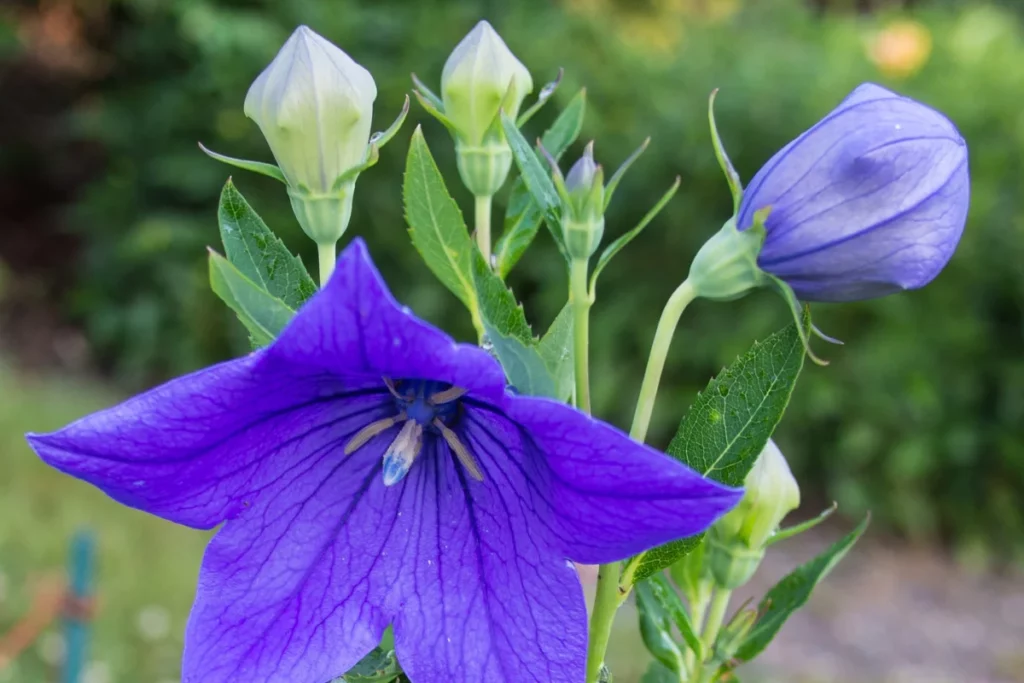
4. Komachi
Notable for its unique flowers, which remain puffed up like balloons even after opening. The flowers of this variety are a deep bluish-purple, adding a touch of whimsy to the garden.
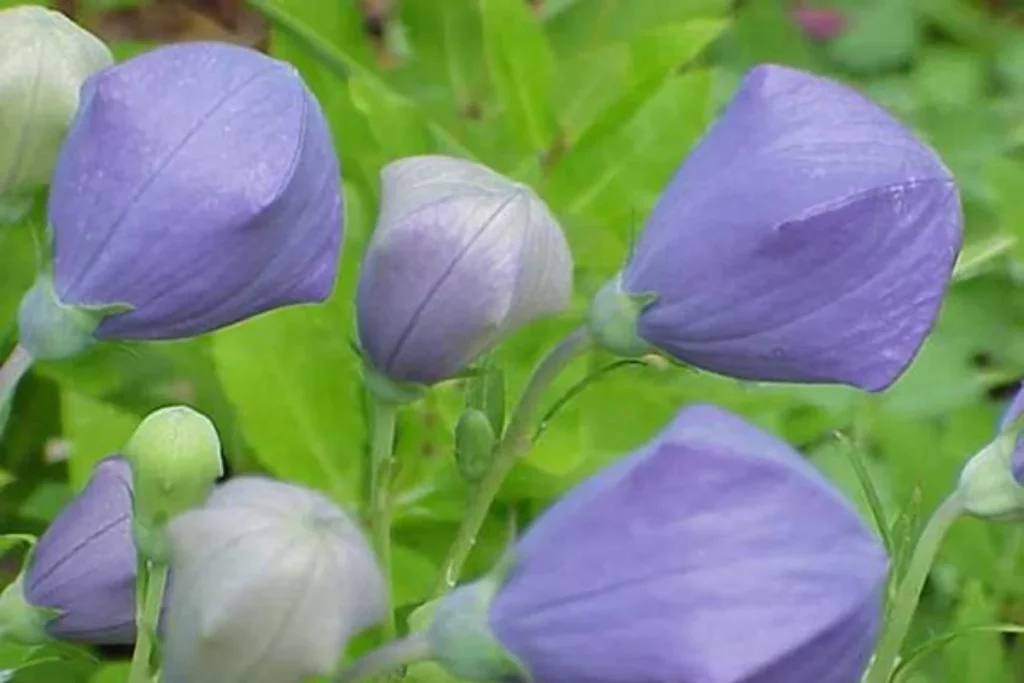
Balloon Flower Size
Balloon flowers typically reach a height of about 1 to 2.5 feet and a width of approximately 1 to 1.5 feet when fully grown. These dimensions can vary slightly based on the specific variety and growing conditions.
Dwarf varieties, for instance, tend to be more compact and are usually about half the height of the standard types. Balloon flowers have a clumping growth habit, which makes them well-suited for both garden beds and container plantings.
Must See: Vines with Purple Flowers
Balloon Flower Bloom Time
Balloon flowers typically bloom in mid to late summer. They start flowering around mid-July and will continue to bloom if you regularly deadhead the spent flowers, which encourages further blooming. To keep your balloon flowers looking their best and encourage continuous blooming throughout the season, make sure to remove the old flowers.
What Do Balloon Flower Seeds Look Like?
When you open the pods of balloon flowers, you’ll discover hundreds of tiny, brown seeds inside. These seeds are small, resembling miniature grains of brown rice. See the picture of the seeds below.
For successful germination, plant balloon flower seeds in the spring, once all risk of frost has passed. This timing ensures that the seeds have favorable conditions for growth.
How to Plant Balloon Flower Seeds
Planting balloon flower seeds can be a rewarding gardening activity if you follow the right steps. Here’s a detailed guide to help you successfully grow balloon flowers from seeds:
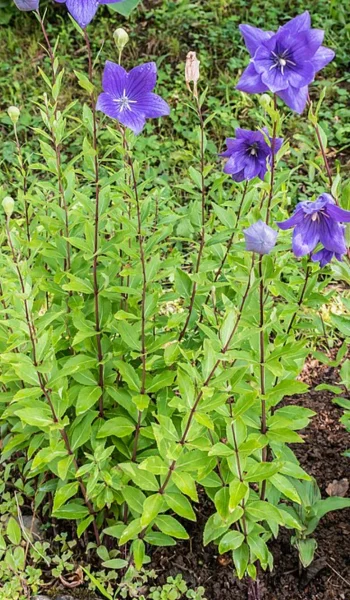
- Timing and Location: Plant your balloon flower seeds in early spring, after the last frost has passed. Choose a location that receives full sun to partial shade throughout the day (6-8 hours). Balloon flowers thrive in spots that have a mix of both sunlight and shade.
- Soil Preparation: Balloon flowers prefer well-draining, organically-rich soil with a pH between 5.5 to 7.5. Before planting, enrich your garden soil with compost to improve its nutrient content and structure. This also helps in loosening the soil, making it easier for the roots to grow.
- Sowing the Seeds: Sow the seeds directly on the surface of the soil, as balloon flower seeds need light to germinate. Do not cover the seeds with soil. Instead, gently press them into the soil to ensure they make good contact.
- Watering: Initially, keep the soil consistently moist to support germination. Once the plants are established, they are relatively drought-tolerant but will perform best with regular watering, especially during dry periods.
- Spacing: If planting multiple seeds, space them about 12 to 24 inches apart. This allows enough room for the plants to mature without overcrowding, ensuring good air circulation and reducing the risk of disease.
Note: Remember, balloon flowers might not bloom in their first year if grown from seed, so patience is key as you wait for these charming flowers to mature.
Growing Balloon Flowers From Plants: Sun or Shade
If you’re planning to grow balloon flowers from seedlings or nursery plants, you should ensure they’re placed in a part of the garden that receives plenty of sunlight. They’ll manage in partial shade, but for a vibrant display of blooms, finding a spot where they get full sun for most of the day is crucial. You also need to check that the soil is loamy and has good drainage with a slight acidity to keep our plants healthy.
Expert Balloon Flowers Care Tips for Maximizing Growth and Blooming
Caring for balloon flowers (Platycodon grandiflorus) effectively can greatly enhance both their growth and their vibrant blooming. Here are some expert tips to help you get the most out of these charming perennials:
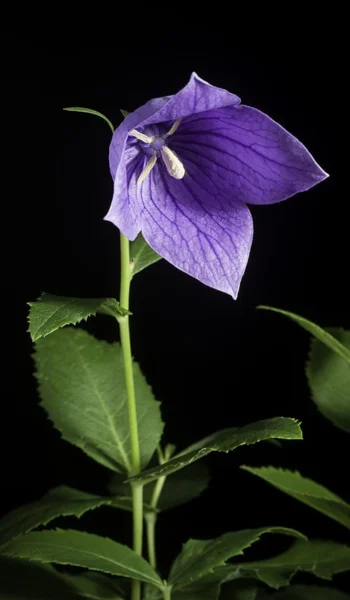
- Deadheading: Regularly remove old blooms from your balloon flowers. This approach promotes greater flower production and prolongs the blooming season.
- Staking: Tall varieties of balloon flowers may require staking to support them, especially when they are laden with blooms. This prevents the stems from flopping over.
- Temperature Preferences: Balloon flowers thrive in moderate temperatures, ideally between 60 to 80 degrees Fahrenheit (15 to 27 degrees Celsius). In hotter climates, ensure they receive afternoon shade to protect them from intense heat.
- Humidity Tolerance: These plants are resilient to humidity and do not easily succumb to issues like mildew or fungal infections, making them suitable for humid areas.
- Watering Needs: Once established, balloon flowers are somewhat drought tolerant and do not require frequent watering. However, ensure they receive enough water during prolonged dry periods.
- Fertilization: Apply a balanced fertilizer in the spring before the plants start blooming to promote healthy growth and abundant flowering.
- Soil Enrichment: In the fall, enrich the soil around the roots of balloon flowers with compost. This helps replenish nutrients after a season of growth and prepares the plant for the next year.
- Pruning for Growth: When your plants reach about 6 inches tall, pinch back the growing tips. This encourages them to grow bushier and more robust, resulting in sturdier plants.
Related: Plants That Like Full Sun and Heat
Balloon Flower Companion Plants
When choosing companion plants for balloon flowers (Platycodon grandiflorus), it’s important to select those that thrive under similar conditions and contribute to a cohesive and visually appealing garden design.
Here are some excellent companions for balloon flowers:
- Echinacea (Coneflower): These tall, sun-loving perennials add vibrant color and attract pollinators, contrasting nicely with the star-shaped blooms of balloon flowers.
- Coreopsis: Known for their bright, daisy-like flowers, coreopsis can enhance the garden’s color palette and also draw in pollinators.
- Salvia: With their striking spikes of flowers, salvia complements the vertical accent of balloon flowers and helps attract bees and butterflies.
- Russian Sage (Perovskia atriplicifolia): This plant offers spiky blue flowers and silvery foliage, providing a lovely contrast in both color and texture to balloon flowers.
- Daylilies (Hemerocallis): Offering a wide range of colors and continuous blooms, daylilies can extend the flowering season in your garden.
- Ornamental Grasses: Plants like Blue Fescue, Fountain Grass, or Switchgrass add an interesting texture and movement to the garden, contrasting well with the structured shape of balloon flowers.
- Hostas: These are great for shadier spots in the garden, providing lush foliage that complements the bright blooms of balloon flowers.
- Heuchera (Coral Bells): Known for their colorful foliage, heucheras add depth and contrast to the planting area around balloon flowers.
- Astilbe: With their feathery blooms and preference for shade, astilbes can beautifully offset the balloon flowers in more shaded garden sections.
- Groundcovers like Creeping Thyme, Sedum, or Ajuga: These low-growers fill in the spaces between plants, adding variety and helping to suppress weeds around balloon flowers.
These companions not only share similar cultural requirements but also help in creating a balanced and attractive garden design.
Balloon Flower Benefits
Balloon flowers (Platycodon grandiflorus) offer several benefits that make them a valuable addition to many gardens:
- Aesthetic Appeal: Balloon flowers are known for their striking star-shaped blooms and balloon-like buds that add visual interest to any garden setting. They are available in a range of colors, including blue, pink, and white, which can enhance the diversity and attractiveness of garden landscapes.
- Medicinal Uses: Traditionally, balloon flower roots have been used in East Asian medicine to treat various ailments. They are known to help lower blood sugar and cholesterol levels, reduce inflammation, and relieve respiratory issues such as coughs and bronchitis.
- Edibility: Parts of the balloon flower plant, including the flowers, leaves, and roots, are edible. The roots are especially popular in Korean cuisine, often prepared in salads or as a seasoned side dish. The flowers can be used fresh in salads or as a garnish, offering a mild flavor that complements various dishes.
- Environmental Benefits: This plant is not only deer-resistant but also attracts pollinators such as butterflies and bees, which are essential for the pollination of many plants and the overall health of gardens.
- Gardening Flexibility: Balloon flowers are suitable for a variety of garden settings including borders, rock gardens, and container gardening. They are adaptable to a range of soil types, though they prefer well-draining, loamy soil. They can also handle partial shade but flourish best in full sun.
These characteristics make balloon flowers both a beautiful and functional choice for gardeners looking to add both ornamental and practical plants to their landscapes.
Also Read: Fastest Growing Fruits and Vegetables
Platycodon Grandiflorus: FAQs
Do balloon flowers come back every year?
Yes, balloon flowers are perennials that return each year. They are hardy and can withstand cold winters in USDA zones 3 through 8, making them a reliable choice for many gardens.
Does balloon flower spread?
While balloon flowers do spread, they are not aggressive spreaders. They form clumps that slowly expand over time, but they are not invasive. They can be propagated by seeds or division if you want to increase their presence in your garden.
Where do balloon flowers grow best?
To thrive, balloon flowers should be situated in places where they can bask in full sun or enjoy partial shade. They prefer well-drained, slightly acidic soil and can grow in loamy soils. These conditions help promote healthy growth and flowering. They are adaptable to various lighting conditions but perform best with a good amount of sunlight.
Is balloon flower deer resistant?
Yes, balloon flowers are considered deer resistant. Their structure and foliage are not preferred by deer, making them a good choice in gardens susceptible to deer browsing.
Is balloon flower poisonous to dogs?
Balloon flowers are not listed as toxic to dogs. They are generally considered safe for gardens where pets may roam, although it’s always best to discourage pets from eating non-food plants as individual reactions can vary.
Can you grow balloon flowers in pots?
Yes, balloon flowers can indeed be grown in pots. They are well-suited to container gardening, as long as the pot is of sufficient size to accommodate their root system and has good drainage. Choose a pot that is at least 12 inches deep to allow for proper root development. With proper care, balloon flowers should thrive in pots, providing you with their delightful blooms.
Must Read: Gardening Tools Names and Uses With Pictures
Conclusion
Balloon flowers are a delightful addition to any garden, offering not only visual charm with their unique blooms but also medicinal and culinary benefits. These hardy perennials thrive under a variety of conditions and attract beneficial pollinators, enhancing garden biodiversity.
Have you grown balloon flowers in your garden? Share your experiences and any tips you might have in the comments section below. We’d love to hear your stories and feedback!
Citations:
1. Wikipedia - Platycodon
2. North Carolina Extension Gardener Plant Toolbox - Platycodon grandiflorus
